Preserving Local Writers, Genealogy, Photographs, Newspapers, and Related Materials
Edited by Carol Smallwood and Elaine Williams
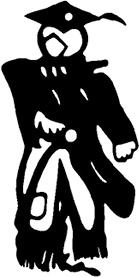
The Scarecrow Press, Inc.
Lanham Toronto Plymouth, UK
2012
Published by Scarecrow Press, Inc.
A wholly owned subsidiary of The Rowman & Littlefield Publishing Group, Inc.
4501 Forbes Boulevard, Suite 200, Lanham, Maryland 20706
www.rowman.com
10 Thornbury Road, Plymouth PL6 7PP, United Kingdom
Copyright 2012 by Carol Smallwood and Elaine Williams
All rights reserved. No part of this book may be reproduced in any form or by any electronic or mechanical means, including information storage and retrieval systems, without written permission from the publisher, except by a reviewer who may quote passages in a review.
British Library Cataloguing in Publication Information Available
Library of Congress Cataloging-in-Publication Data
Preserving local writers, genealogy, photographs, newspapers, and related materials / edited by Carol Smallwood and Elaine Williams.
p. cm.
Includes bibliographical references and index.
ISBN 978-0-8108-8358-1 (pbk. : alk. paper) ISBN 978-0-8108-8359-8 (ebook)
1. LibrariesSpecial collectionsLocal history materials. 2. LibrariesUnited StatesSpecial collectionsLocal history materials. 3. Local history materialsConservation and restoration. I. Smallwood, Carol, 1939 II. Williams, Elaine, 1968
Z688.L8P74 2012
025.8'4dc23 2011045068
 The paper used in this publication meets the minimum requirements of American National Standard for Information SciencesPermanence of Paper for Printed Library Materials, ANSI/NISO Z39.48-1992.
The paper used in this publication meets the minimum requirements of American National Standard for Information SciencesPermanence of Paper for Printed Library Materials, ANSI/NISO Z39.48-1992.
Printed in the United States of America
Foreword
As library trends evolve, the current thinking on preservation of the collections held at cultural institutions views collection care as a holistic continuum. As a result of this rationale, preventative maintenance emerges at the top of the list of priorities. These include important topics such as disaster planning, environmental controls, proper lighting, protective enclosures, and other nonintrusive means of preserving materials.
This anthology addresses preservation issues associated with a wide range of cultural institutions. What they all have in common is that they provide all users with a wealth of resources and are faced with the daunting task of serving as the custodians of history. The majority of these institutions are underfunded. There are countless local historical societies, museums, small public libraries, and reading rooms. All are faced with the conflict between the need to preserve their collections and the reality of dwindling resources. How do you determine which priorities to choose when all of these institutions are filled with documents and objects that are unique and frequently serve as the cultural memory for a community? Can you confidently predict usage trends? Is it more important to use your precious funds to preserve these collections, or to keep the building open and staff the circulation desk? Are providing reference service, funding collection development, and offering programming higher priorities? Do we purchase computers for the public or focus our funds on conservation of an important collection? Are you prepared to make a decision between preservation and access? In the twenty-first century, we are also faced with the preservation of born-digital objects. For example, many genealogists are using databases to track their findings. How will a small cultural institution respond to a CD of information that is donated to them? Is there a digital preservation plan in place? All of these questions and numerous others need to be carefully analyzed and decisions made.
When you are fortunate enough to have external funding made available for preservation, there are choices to be made that include digitization. For example, should a damaged scrapbook be repaired, or is it better off being digitized as is and having the original placed in a dark print archive? Which is the preferred choice?
All cultural institutions should have a mission and a strategic plan. Management and planning provide the infrastructure through which an institution implements its mission. The building blocks for any preservation program involve the preservation-related tasks that librarians and archivists perform on a daily basis that affect the way collections are handled and shelved, the environment in which they are stored and displayed, and the preventative measures that must be taken to ensure their protection and survival.
This publication is very timely. We have many challenges as we resolve concerns over limited funds and the pressing need for preservation.
Preserving Local Writers, Genealogy, Photographs, Newspapers, and Related Materials will help stewards of collections answer these and further important questions. You will be provided the intellectual and practical stimulus to begin planning the course of action.
Barbara B. Eden, Director, Department of Preservation and Collection Maintenance, Cornell University Library, Ithaca, New York
Acknowledgments
The co-editors wish to thank the following librarians for writing reviews:
Jeanne Munn Bracken, reference librarian, retired, Lincoln Public Library, and curator of the Lincoln, Massachusetts, Town Archives; Children with Cancer: A Comprehensive Reference Guide for Parents (2010, 2nd ed.)
Craig Bunch, librarian, Hamilton Middle School, Houston; 2011 H. W. Wilson Foundation Research Award, Art Libraries Society of North America
Sandra Cortese, reference librarian, Jonathan Bourne Public Library, Bourne, Massachusetts
Larry Grieco, director, Gilpin County Public Library, Black Hawk, Colorado; contributor to Bringing the Arts into the Library (forthcoming)
Greg MacAyeal, assistant head, Northwestern University Music Library, Evanston, Illinois
Nancy Kalikow Maxwell, author of the forthcoming Library Grant Collaboration: How Libraries Can Benefit from Other Peoples Money
Mary Jo McKeon, visiting librarian, The Sage Colleges Libraries, Albany, New York
Sarah Naumann, library literacy instructor, Berkeley Public Library, Berkeley, California; circulation assistant, Academy of Art University Library, San Francisco, California
Sarah Passonneau, assistant professor and assistant to the dean/assessment librarian, Iowa State University
Mary Redmond, special liaison for the New York State Library
Sue Samson, humanities librarian, University of Montana, Missoula
Catherine Wilson, executive director, Greene County Ohio Historical Society, Xenia, Ohio; Historic Greene County (2010)
Introduction
The purpose of Preserving Local Writers, Genealogy, Photographs, Newspapers, and Related Materials is to help public, academic, special, and school librarians, LIS faculty, library board members, historical societies, and others who are not professional archivists to preserve their local culture. In these pages, readers will find tips on preserving primary sources, guidelines for collection development and organization of materials, and basic terms of cooperation between agencies that share an interest in local history. Contributors responded from across the United States as well as abroad. Aline Soules, a library faculty member at California State University, East Bay, in her afterword notes: Many studied history, but their backgrounds also include African American studies, anthropology, English literature, fine arts, French, information technology, and music, all of which inform their perspectives on this complex topic. This anthology is for beginners in preservation as well as those with experience.

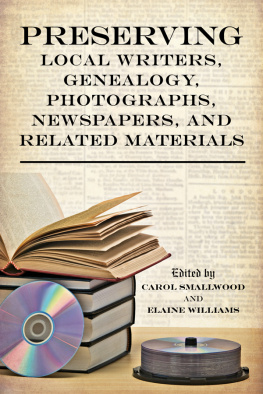

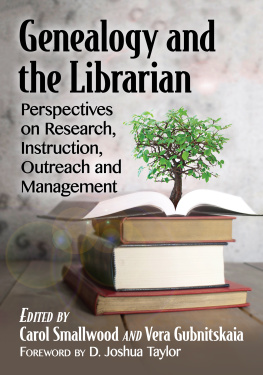

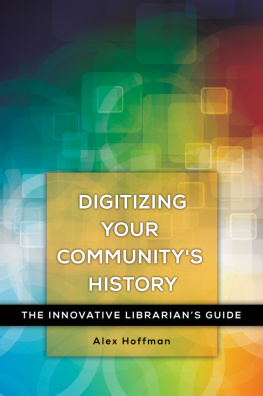
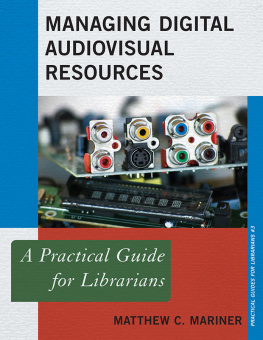


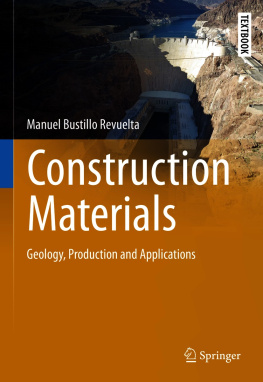

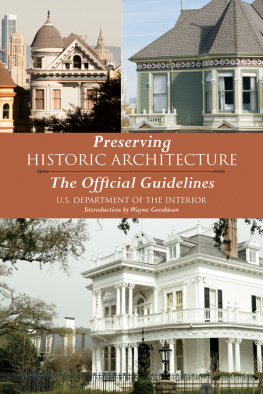

 The paper used in this publication meets the minimum requirements of American National Standard for Information SciencesPermanence of Paper for Printed Library Materials, ANSI/NISO Z39.48-1992.
The paper used in this publication meets the minimum requirements of American National Standard for Information SciencesPermanence of Paper for Printed Library Materials, ANSI/NISO Z39.48-1992.